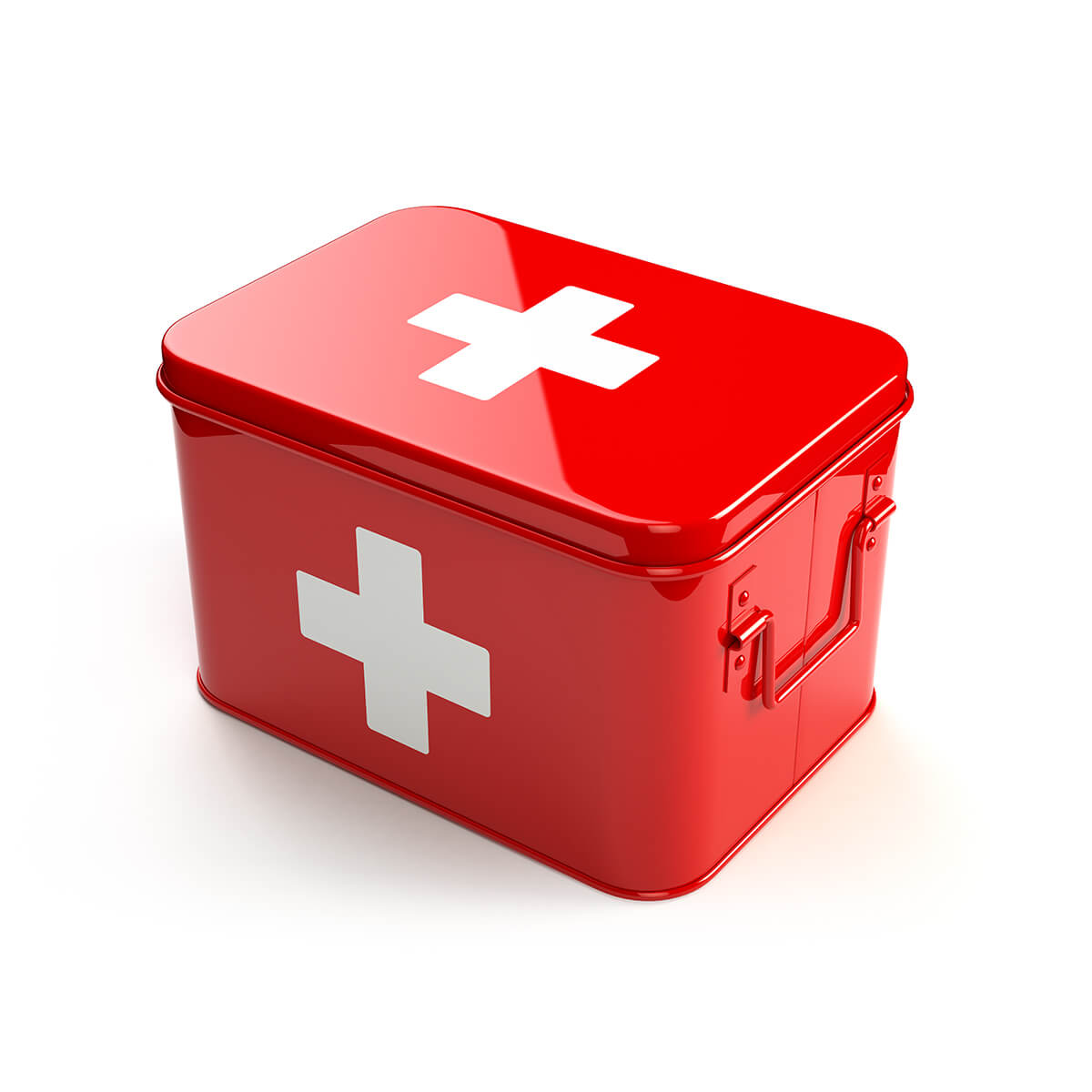BASIC FIRST AID AT AN EMERGENCY
In all emergencies the following are the first priorities to consider:
Can you help without endangering your life and others?
Who is around to assist you?
Who can you send for help?
What treatment is necessary?
Heat exhaustion
Symptoms:
Severe headache, feeling tired, dizzy and nauseated, and cramps in lower limbs and abdomen.
Treatment
Insist that the patient relaxes in a cool place and takes sips of cold water. If the condition deteriorates, i.e. breathing becomes fast and shallow and pulse is rapid and weak, seek medical advise.
Minor bleeding
This can be treated with a small adhesive dressing.Before applying the dressing, hold the wound under running water. To make sure it is clean, dab in with a swab dipped in a solution of antiseptic and water (e.g. 15ml of Dettol in one standard cup of water), or apply an antiseptic cream.
MAJOR BURNS AND SCALDS
When dealing with severe burns and scalds the casualty should be made comfortable and burnt area protected from the ground. If possible watches, rings, and constricting clothing should be removed before the injured area begins to swell. Do not remove anything that is sticking to the burn.
BROKEN BONES:
SYMPTOMS OF FRACTURES:
The casualty may hear a snap of the bone, or feel pain and tenderness at the sight of the fracture when gentle pressure is applied, or/and the limb may appear to be in an unnatural position
TREATMENT
A patient with a fracture should not be moved unless it is absolutely necessary. Immobilize the fracture by securing the injured part to a sound part of the body. Use splints when necessary. These can be improvised from items such as a walking stick, umbrella, piece of wood or broom handle. Seek medical help immediately.
SEVERE WOUNDS
EXAMPLE: KNIFE IN THE ARM
Do not remove the knife, as this will make the wound bleed even more profusely.Control bleeding by squeezing the edges of the wound together alongside the knife. Place a roll of cloth around the wound, making sure that it is high enough to prevent pressing the knife further into the wound. Secure with a diagonally applied bandage which must not be pressed over the knife. Elevate the injured part and the patient to the hospital immediately.
SHOCK
The skin of the patient suffering from shock has a grayish tinge and feels cold and clammy. He/she may feel dizzy and want to be sick. If patient is conscious, lay him on his back on a blanket, keep him warm and if he is thirsty moisten his lips with water. Do not give anything to drink or let him to smoke. There should be at least one member of every family who has done a first aid course and will know how to render resuscitation immediately should breathing stop.
FOREIGN BODIES IN THE EYE
Dust or grit in the eye needs more careful treatment. Never attempt to remove a foreign body if it is on the coloured part of the eye (pupil or iris) or embedded in the eyeball. In this cases seek medical attention immediately. If you can see the foreign body floating in the eye, try and wash it out holding the eye under the tap. If this is not successful, lift it off by using a moistened swab or the damp corner of a clean handkerchief.
POISON
Immediately telephone the nearest hospital. Tell them what, when and how much the casualty has swallowed. Do not attempt to induce vomiting if the lips or mouth shows signs of burning. Cool them by giving the casualty water or milk to drink.

